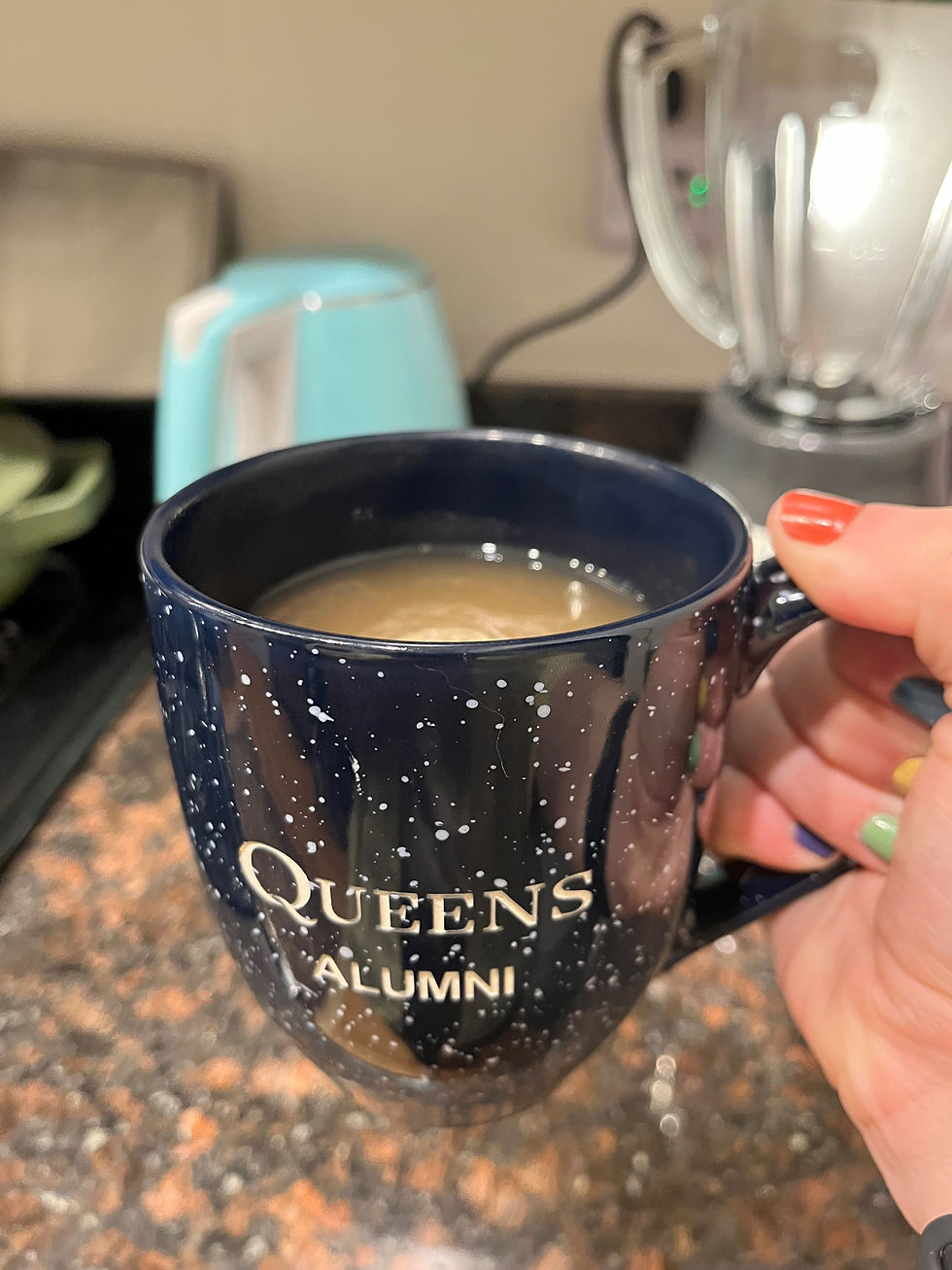4 Simple Spanish Songs for Children
- Harmonic Changes Therapy Services

- Jul 14, 2021
- 3 min read
Music therapists are often called to work with clients who speak a different language. However, not all music therapists speak multiple languages. It can be challenging to connect with clients because of the language barrier. This language barrier can cause difficulties with establishing a therapeutic relationship and/or communicating during a session.
One way music therapists enhance communication in these situations is by being familiar with music in a variety of languages. After all, music is a universal language!
I am from Argentina, I speak Spanish, and I have worked with many clients who speak Spanish, also! Knowing one or two simple, popular songs in Spanish is beneficial for the therapeutic relationship and the therapeutic process with clients whose native language is Spanish. Here are some of my favorite simple Spanish songs to use in music therapy sessions with children!
1. Mariposita

This song is an all-time favorite; even my clients who speak English often request it! It’s short, repetitive, and simple - which is a great combination of qualities of a song to learn in a different language. Even if your patient doesn’t speak any Spanish, 'Mariposita' is a useful song to work on the following skills: memory recall, concentration, multitasking, creativity, mental flexibility, and acceptance of cultural differences.
Lyrics and Chords:
D A
Mariposita está en la cocina
D
Haciendo chocolate para la madrina
A
Poti, poti, pata de palo
D
Ojo de vidrio y nariz de guacamayo, yo

La vaca Lolla also seems to be a favorite amongst my clients and is requested often. This song talks about a cow named Lolla, and explains what the cow does or has, such as “has a head” and “goes moo.” Animal songs can help children practice essential child development skills, such as counting, imitating sounds, recognizing patterns, and - in this case - practice a new language!
Lyrics and Chords:
C F
La vaca Lola, La vaca Lola
G C
Tiene cabeza y tiene cola
C F
La vaca Lola, La vaca Lola
G C
Tiene cabeza y tiene cola
You can add a space here and ask, “What does the cow do?" Or, in Spanish, “Como hace la vaca?
C
hace moo
C
Moo Moo Moo Moo
F
Moo Moo Moo Moo
G
Moo Moo Moo Moo
C
Moo Moo Moo Moo
3. La Bamba

Many people know this song - whether or not they have a Hispanic background. 'La Bamba' has worked well in my sessions with clients of all ages. During the simple and repetitive chorus, I encourage clients to express themselves by taking 'solos' and/or improvising with the voice, on an instrument, with a dance movement, or in a other creative way!

This song activity is one I created. It has worked great, so far - clients love it! I translated the well-known, traditional song, “This Little Light of Mine," to use for this activity. In session, I prompt clients to share different things that shine or have light and put that into the song. It is a great activity for a variety of essential skills in early childhood, especially enhancing focus and staying on task. I prompt clients to look around them (or look around me during Telehealth sessions) and tell me what they see that shines (i.e. lightbulbs, metal objects, window, the light from outside, etc.). The kids have a lot of fun thinking outside of the box or sharing about subjects they are passionate about (i.e. sun, sky, space); or, even what they are wearing that shines (i.e. glasses, rings, clothes, etc.).
Lyrics:
Esta pequeña Luz
Ella va a brillar
Esta pequeña Luz
Ella va a brillar
Esta pequeña Luz
Ella va a brillar
A brillar A brillar A brillar




Comments